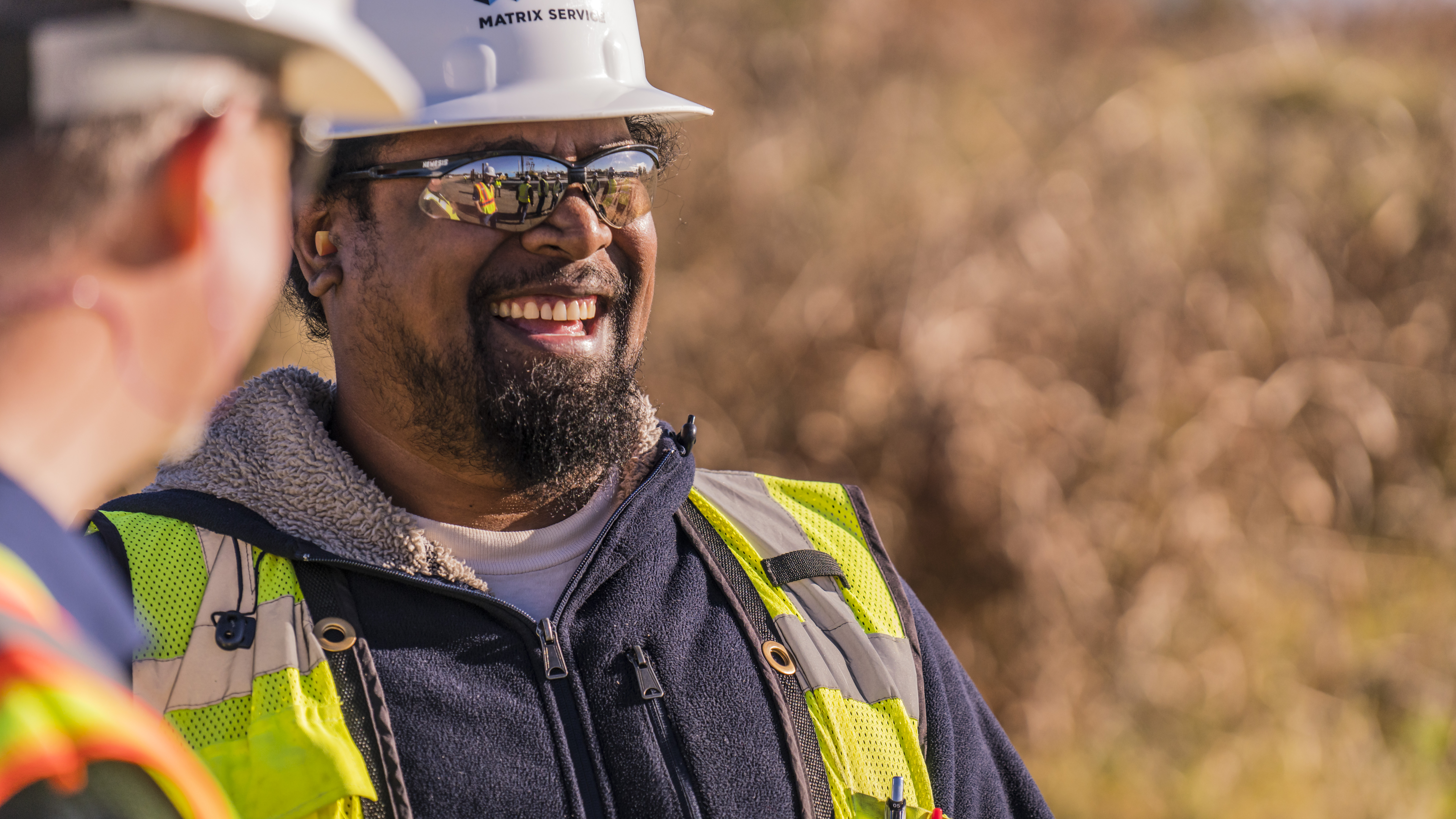Mining Methods today
ǧ����ýs supports various types of mining methods and mining equipment manufacturers as a specialized mining contractor mining industry construction and maintenance. As a trusted provider of mining industry EPC services, Matrix is a full service, contract mining company that takes pride in our ability to get enough manpower to remote locations.
As a trusted source for modern mining methods and our ability to staff remote locations, Matrix answers many questions about types of mining and the mining industry. For those learning about mining equipment companies for the first time or refamiliarizing themselves, we created this article to bring you up to speed on modern mining methods and modern mining equipment.
The two types of mining methods are surface mining and subsurface mining methods. With this article, Matrix seeks to answer some of the questions our employees regularly receive from people that have questions about the mining industry: modern mining methods
Surface Mining Methods:
1. Strip mining: most of the coal mining done in the United States is from strip mining, which is close to the surface and easier to get to with modern technologies and the strong culture at Matrix. This mining method is by far the most viable economically as the ratio of return is greatest per man-hours worked. Modern machinery (bucket-wheel excavators and dump trucks the size of small office buildings) make quick work of the overburden ( overlying sediment, vegetation or rock).
2. Open-pit mining pulls minerals from an open pit in the ground. It is the most common method used throughout the world for mineral mining. This technique is used when mineral or ore deposits are found closer to the surface. Sometimes called ‘quarries’, they can produce coal, building materials, and dimension stone.
3. Mountaintop-removal mining, usually employed by coal mining, where explosives are used to remove up to 400 vertical feet of a mountain to expose underlying coal seams. More cost-effective than other methods and requiring fewer employees, it primarily occurs in the Appalachian Mountains of the United States.
Subsurface Mining Methods:
Cut-and-fill: This mining method backfills with tailings (sometimes cement is added to strengthen the mixture), to support the walls of the hollowed space. Usually done upwards from the lower levels, so the fill-in supports a new working level for continuous mining. While expensive, this mining method allows for more selective mining with less waste, resultantly keeping production costs low.
Shrinkage: Similar to cut-and-fill, the broken ore is left in the void to create a working platform for the next level (and to support the wall stability of the stole).
After all the planned levels have been blasted, then all of the ore is removed for processing.
Sublevel Longhole: This underground mining method mines significant amounts of material – similar to cut and fill – this method starts at the bottom and moves up. Ore is removed from the bottom. Additional ore is blasted from above which falls to the level below for removal.
Room and Pillar: This method of mining usually chosen for flat deposits, is usually used for uranium or bedded seams (e.g., coal or potash). Rooms are created, with pillars of rock at regular intervals to support the ceiling of the room. After mining is complete, the pillars may be removed (to recover the remaining ore or material) and the roof is allowed to safely collapse and fill in the area.
Block Caving: The method undermines an orebody, then allows it to collapse. The collapsed ore is removed as more of the orebody caves in. This underground mining method moves huge volumes of material at a relatively low cost.
Contact us to find out how we can help you dig out your solutions.
